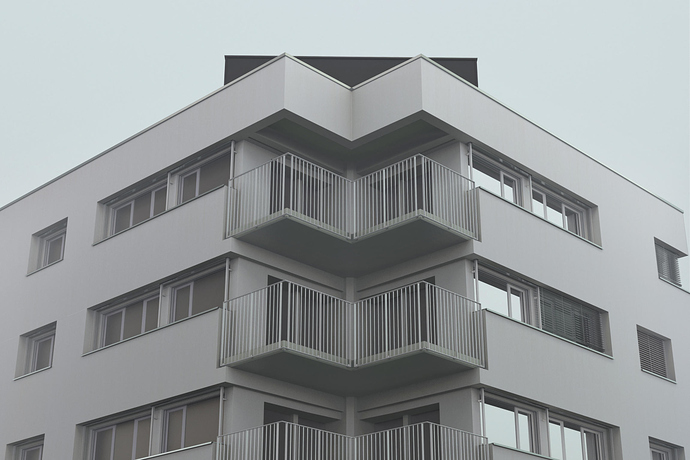Hi all.-
A quick test I made these 3 last days.
We often found tutorials and trials showing us how to achieve photo-realistic renders, but rarely based on real photos. We can have a feeling of what is realistic, but when we compare to a real photographed object, we see many other things. Subtle color variations, shadows running darker in some spaces, reflections of light.
I thing Blender do a good job making basic environment lightning, but we need to adjust things to really get closer to real lightning.
Being photorealistic means often being flat, or common like. Reality is not so amazing sometimes. In cinema we often see CGI that pops out the screen, make itself really beautiful and shiny, but its not like reality. The artist and filmakers needs to make something that’s stands out. Some rare exception occurs, like the effects in Neil Blomkamp’s movies, like “District 9”. They are incredible. The aliens not seems CGI. The same in “Elysium”. The robots looks real props on set. That is being photo realistic, because it don’t try to be more that reality. It don’t try to be self aware, like: “Hey look at me I’m a great effect, many people works hard on it, we want to be seen”. Beautiful yes, but it feels not real, so we don’t rely on it.
Last tries I add realism by adding area lights where more reflections (radiosity) needed. But now I try the compositing option.
It can be painstakingly long to adjust it all inside Blender, and takes hours of rendering when we have multiple lights and so on. Compositing gives more freedom to finetune the result, and the difference between an good (or even spectacular) rendering and a realistic one is by finetuning. I’m sure many of you knows that. But to get that, we must observe real pictures of similar object in similar surroundings.
Here I replicate a photo I took some years ago.
Hours of job: around 3 hrs modeling, 6 hrs finetuning, 1 h compositing. No texturing, except for the sky, I avoid this to be focused on light and shadows. I add a small amount of noise in the white walls in compositing.
The modelling is not accurate, I didn’t wanted to spend too much time on this.
- And the photograph:
It still really not perfect. Some shadow parts (around windows) are still too bright, and some variations are missing in the balconies area. Down a render before compositing:







 I think you have a great eye for detail and your approach to recreate an actual photo is really good way to go for learning!
I think you have a great eye for detail and your approach to recreate an actual photo is really good way to go for learning!



